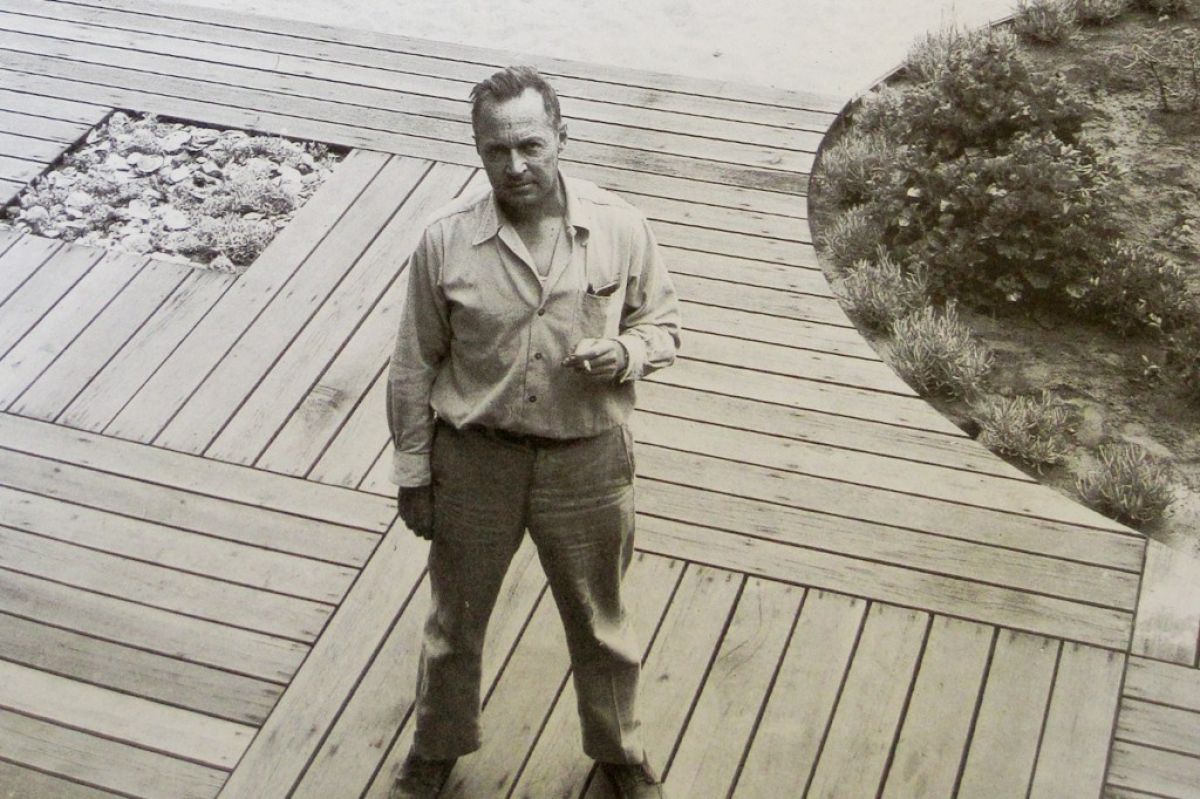Thomas Church (1902-78) was a garden designer in California and his style was a response to a very specific type of lifestyle and climate. He deviated from the traditional formal European styles, though during his studies at Berkley and Harvard he had exposure to the formal landscapes popular in 19th and 20th century Europe. Yet when he established his practice in California in 1930 he concentrated on the landscape demands of that state’s specific sites.
Church believed garden design involved unifying the home and garden, with gardens being outdoor rooms with sharply defined boundaries of stone and concrete. He liked striking-looking plants in defined beds and redwood decking.
He was a pioneer of modernism in garden and landscape design and he mainly liked to work on small private home gardens. His design of the El Novillero Garden at Sonoma was his most influential, where he was guided by the Cubist idea that a scene may be seen from many viewpoints simultaneously. Here Church used a kidney-shaped pool that intersected with a pattern of concrete and redwood squares.
“Line played against line and form against form, creating a composition that was unique, but also exactly suited to the site. He is a noted pioneer of modernism in gardens.”
- Michael Lancaster
Additionally, says Michael Lancaster in the book Gardens Are for People (1955), Thomas Church “disseminated his principles to a larger audience.”










